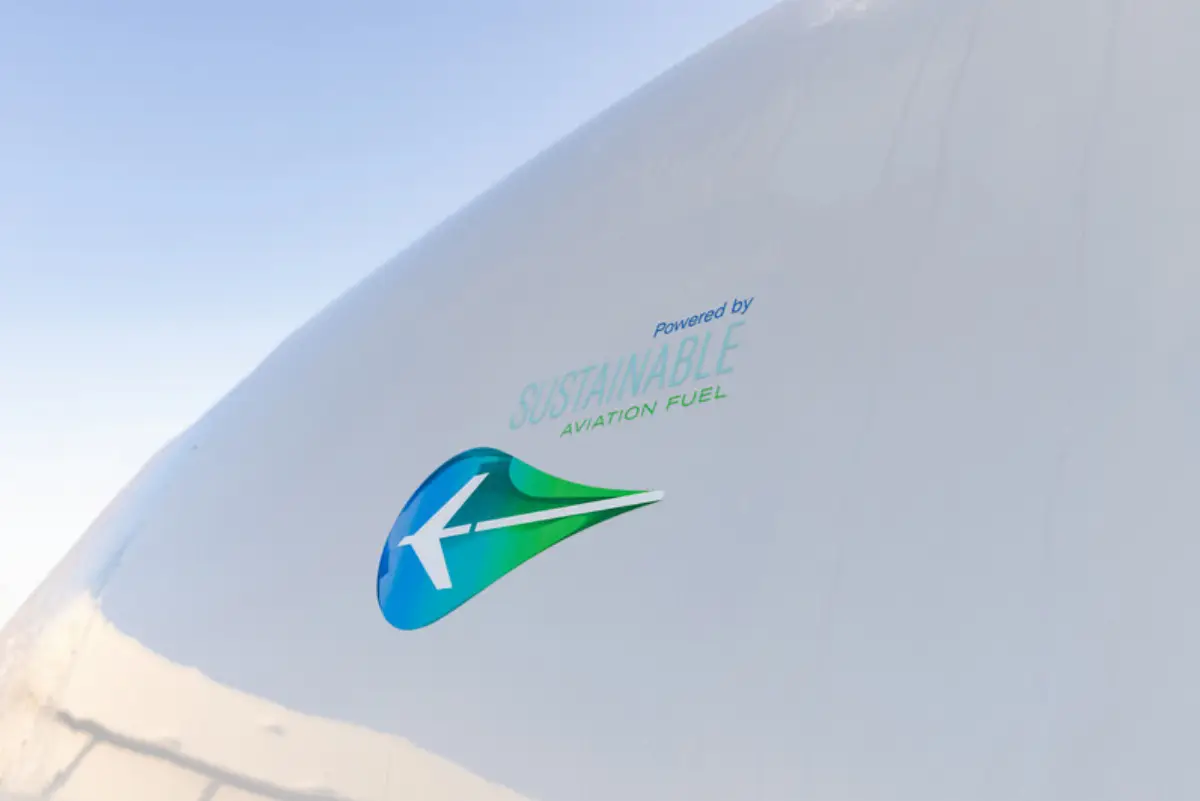
IATA: slow growth in SAF production
Short term measures and passenger support

The International Air Transport Association (IATA) released new estimates for Sustainable Aviation Fuel (SAF) production showing that:
In 2024, its production volumes reached 1 million tonnes (1.3 billion liters), double the 0.5 million tonnes (600 million liters) produced in 2023. It accounted for 0.3% of global jet fuel production and 11% of global renewable fuel.
This is significantly below previous estimates that projected its production in 2024 at 1.5 million tonnes (1.9 billion liters), as key SAF production facilities in the US have pushed back their production ramp up to the first half of 2025.
In 2025, SAF production is expected to reach 2.1 million tonnes (2.7 billion liters) or 0.7% of total jet fuel production and 13% of global renewable fuel capacity.
Aviation is part of the global energy transition
To reach net zero CO2 emissions by 2050, IATA analysis shows that between 3,000 to over 6,500 new renewable fuel plants will be needed. These will also produce renewable diesel and other fuels for other industries. The annual average capex needed to build the new facilities over the 30-year period is about $128 billion per year, in a best-case scenario. Importantly, this amount is significantly less than the estimated total sum of investments in the solar and wind energy markets at $280 billion per annum between 2004 and 2022.
Short term measures
Progress on expanding SAF production and use could be accelerated in three critical ways:
Increase co-processing: Existing refineries can be used to co-process up to 5% of approved renewable feedstocks alongside the crude oil streams. This solution can be implemented quickly and requires minimal material investments. It should urgently be expanded by allowing a greater amount of renewable feedstock to be co-processed. By 2050, co-processing could save $347 billion in capex as more than 260 new renewable fuel plants would not need to be built.
Diversify its production: There are 11 certified pathways to make SAF, but the HEFA method (Hydrotreated Esters Fatty Acids, used cooking oil, animal fats) accounts for around 80% of production in the next five years. SAF volumes could be boosted by increasing investments to scale up production through the other certified pathways, in particular Alcohol-to-Jet (AtJ) and Fischer-Tropsch (FT), which use biological and agricultural wastes and residue.
Create a global its accounting framework: It is essential to have a registry that allows airlines to benefit from the environmental attributes of their purchases and to be able to claim these against their obligations in a transparent manner that prevents double counting. Such a registry is necessary for achieving a global SAF market where all airlines can buy it, and all its producers can sell their fuel to airlines.
Passenger support
A recent IATA survey revealed significant public support for it. Some 86% of travellers agreed that governments should provide production incentives for airlines to be able to access SAF. In addition, 86% agreed that it should be a priority for oil companies to supply it to airlines.
AVIONEWS - World Aeronautical Press Agency